"Today, noise triumphs and reigns supreme over the sensibility of men," Luigi Russolo once wrote in his 1913 Futurist manifesto The Art of Noises. "As it grows ever more complicated today, musical art seeks out combinations more dissonant, stranger, and harsher for the ear."

Their activities are a century apart, but time travel permitting, it's safe to assume that the Italian painter and composer would have chilled hard with the members of Wolf Eyes. For the past 25 years, the Detroit-based duo of John Olson and Nate Young has churned out countless cacophonous releases, rightfully earning a reputation as one of noise music's pioneering, prolific institutions. They've collaborated with all walks of musical subversives ranging from Anthony Braxton to Sonic Youth and have never ceased to find new means of challenging the manner in which sound can be organized.
When asked how the tools they use to make sound have evolved from the project's inception a quarter-century ago, Nate emphasizes an economy of means. "Where we started off wasn't really musical, it was more sculptural and social," he explained. "Being that most of the instruments from the jump were resourced from the garbage, that was just part of the practice. We have more access to gear now, but through the years, we've tried to get back to that sense of discovery with every recording. The approach of discovery versus writing—even over composing—it's still very crucial."
"People take platforms like Reverb for granted," Olson echoes. "It was difficult to get stuff back when we were starting. If somebody had a synth, it was crazy—you would go over to that person's house to play it and be in awe. When things started to become cheaper, it really made it more accessible to get familiar with basic synthesis and electronic music. A lot of what we do just evolved out of imagination, drugs, skateboarding and necessity. Put all those together and you got two guys 25 years later still killing it."
Hot off the heels of their first non-compilation album in six years, Dreams In Splattered Lines, we sat down with Johnny and Nate as they talked us through their favorite pieces of gear that have made their way onto the Wolf Eyes noise table.
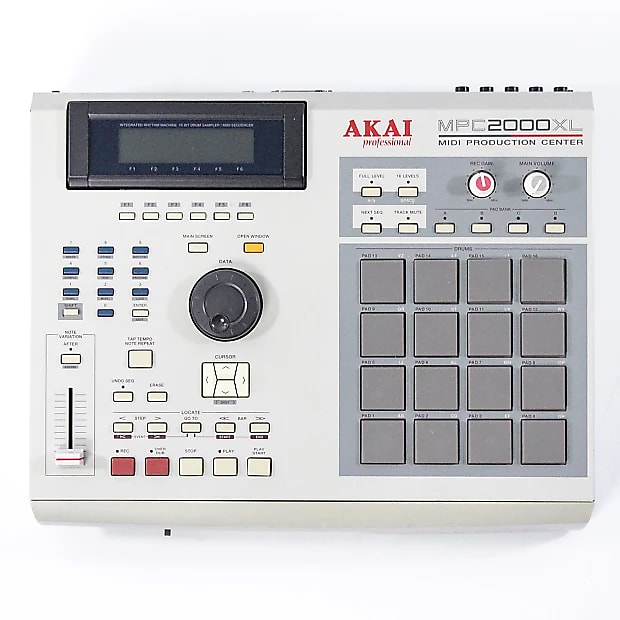
Often associated with beatmakers, this classic sampler has long been Nate's primary performance and production tool, initially as a means of developing a more live-friendly rig. "Honestly, from the beginning, I was using circuit bent gear—four modified drum machines and a Casio MT240," he explained. "I was touring with them nonstop and they were all really unstable. I attempted to switch over to the MPC, and even though I knew how to sequence on a drum machine, it wasn't easy at first. For years, I was being really inefficient when it came to samples—each pad was a one-shot. Really, I was missing the whole point of sampling: being able to manipulate large amounts of information rather than simple compositions. Now, it's just sort of throwing stuff in the machine and seeing what happens—it's the only place that I can really compose, just because it's so simple."
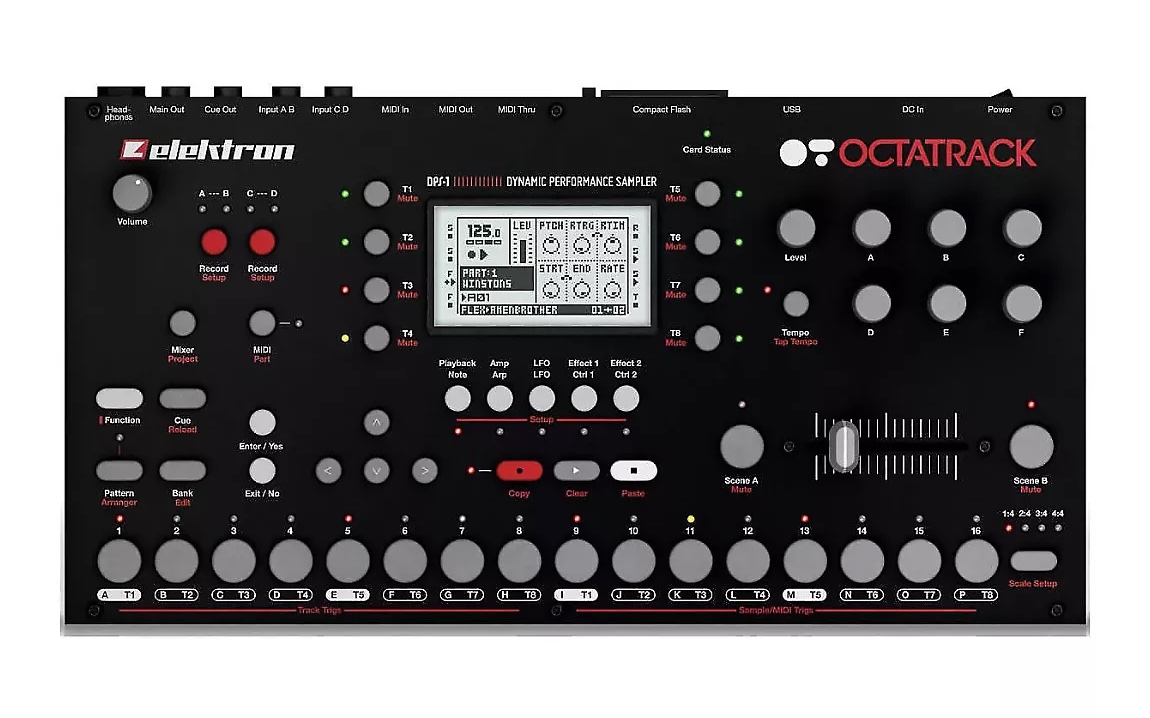
Both Nate and Johnny use the Swedish sampler and sequencer for splicing, as well as a live hub for mixing, effects processing, and sample playback. "It's practically a DAW in a box," Nate affirms. "Aesthetic-wise, the whole goal is to take you off the screen, and it does a great job of that. It's a forever piece of gear, but you really have to commit to it. Otherwise, I don't think you'll ever use it beyond its full potential." After years of using iPads and dealing with unstable apps, both members benefit from working the Octatrack into their respective setups. "Out of all the gear we have, it's a continual conversation piece," Johnny says. "It's advanced a lot of our old equipment—the samples are better quality, so it makes it unreal for musique concrète type stuff—shifting the speed, running samples backward, all that stuff."
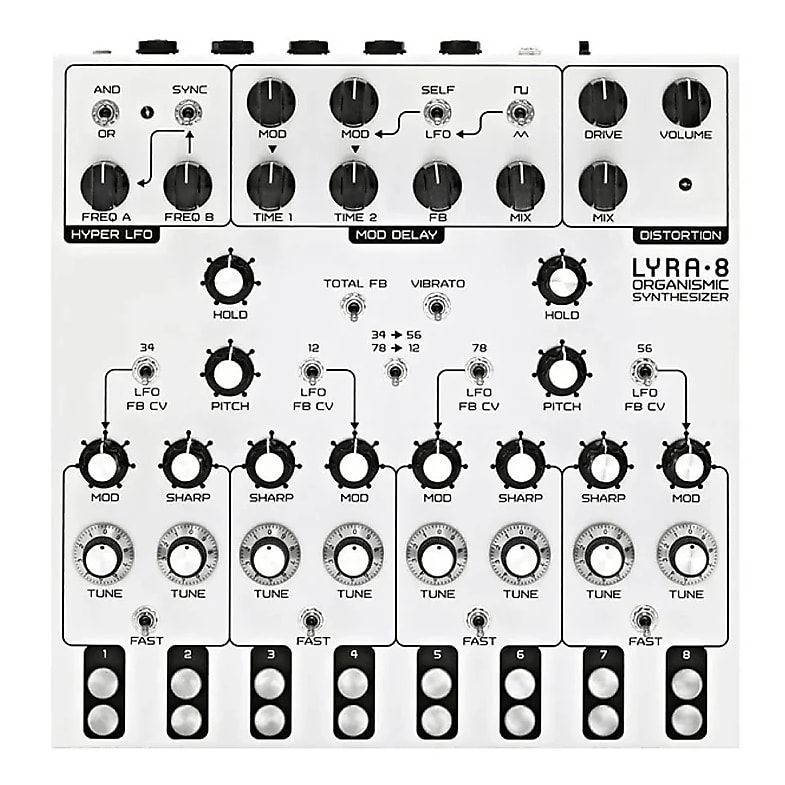
The "organismic" synthesizer from Soma Laboratories is the latest piece of gear that John Olson has acquired. The eight freely-tunable voices on this nonlinear desktop device differ from the average subtractive synthesis VCO—rather than depending on control voltage, they imitate the tone generators on old electric combo organs. "I love the size of it and just how inviting it looked," he says. "It's the closest thing I've found that emulates the cannibalized mixer-feedback sound—really swooping and echoey." Nate claims that its lo-fi, dirty dual PT2399-based delay is tailor-made for the Wolf Eyes sound. "They sound like butter. Turn the delay off and it's very dry and clinical—beautiful still—but put the delay on, and it's so saturated and gorgeous. Nice box."

Nate has spent "a lot of time studying" the analog filtering and distortion unit, whose wide frequency range and powerful tube overdrive makes it the ideal addition to any noise table. "It's recallable, but the sweet spots are so small and t iny, and everything is so subtle." He says of the Belgian-built filter, which he frequently uses to process his MPC samples. "You can really do so many things with it beyond filtering. The feedback section in it is next to none. Even with your most complex cross feedback patch on a giant 24-channel mixer, you're not going to get very close to what the Sherman can do with just two filters. The amount of control is just incredible."
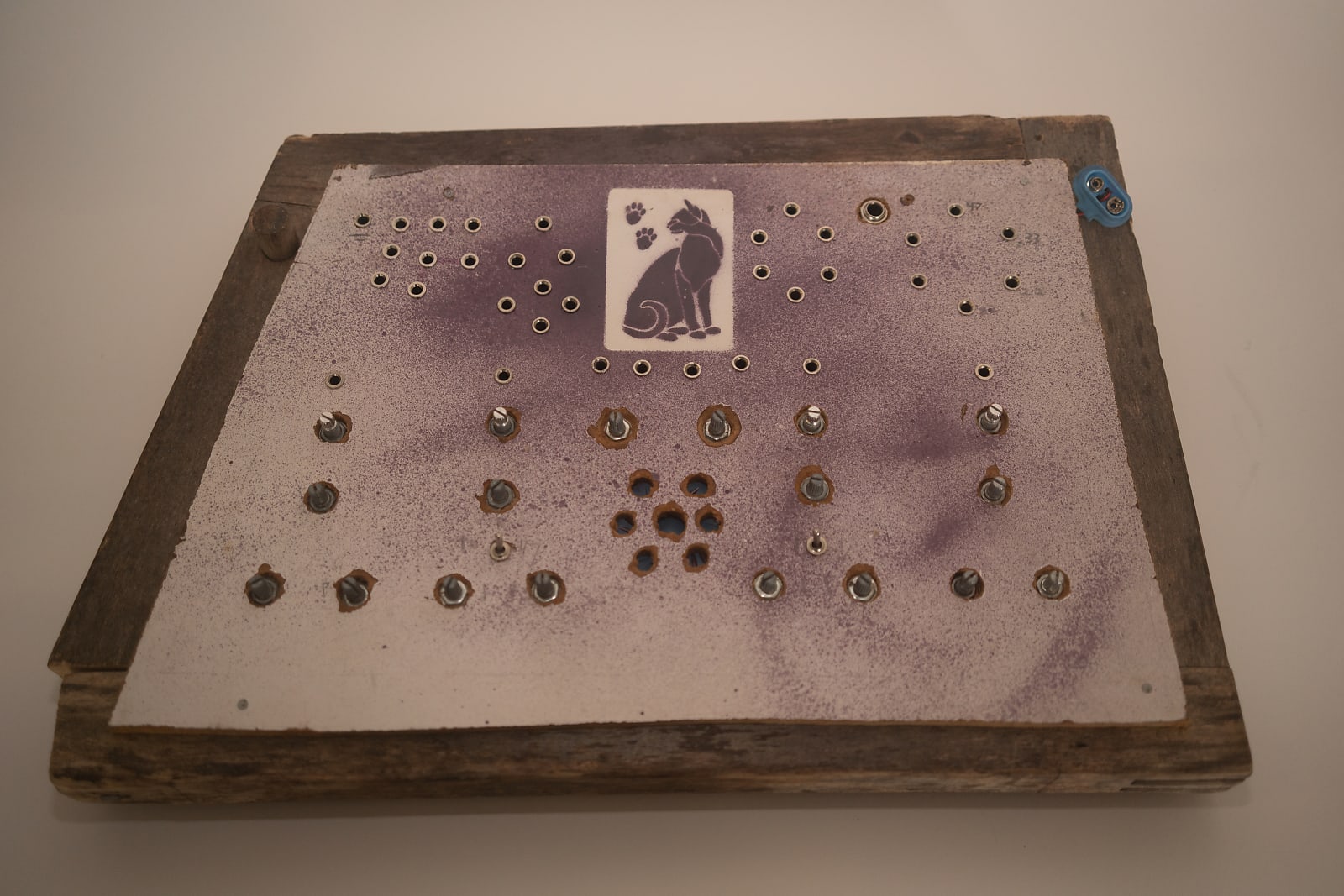
In recent years, Nate and Johnny have acquired several pieces of gear built by Peter Blasser, a one-time apprentice of Don Buchla that has designed a variety of circuit designs and synthesizers under the moniker Ciat-Lonbarde. The visual aesthetics of Blasser's instruments appear straight out of a David Cronenberg film, and are designed for constant sonic experimentation. Nate in particular is a fan of the Rollz-5 circuit, a sequencer that outputs pulses at different paces that can be connected together to form complex rhythms. "It integrated perfectly into our sound," Nate elaborates. "It was almost like I had an instant composition machine." He used this circuit to build his "Crash Box", a combination synth voice and drum machine. "Peter's been a good sport—they're just so many people bootlegging his circuits, and I'm one of them.
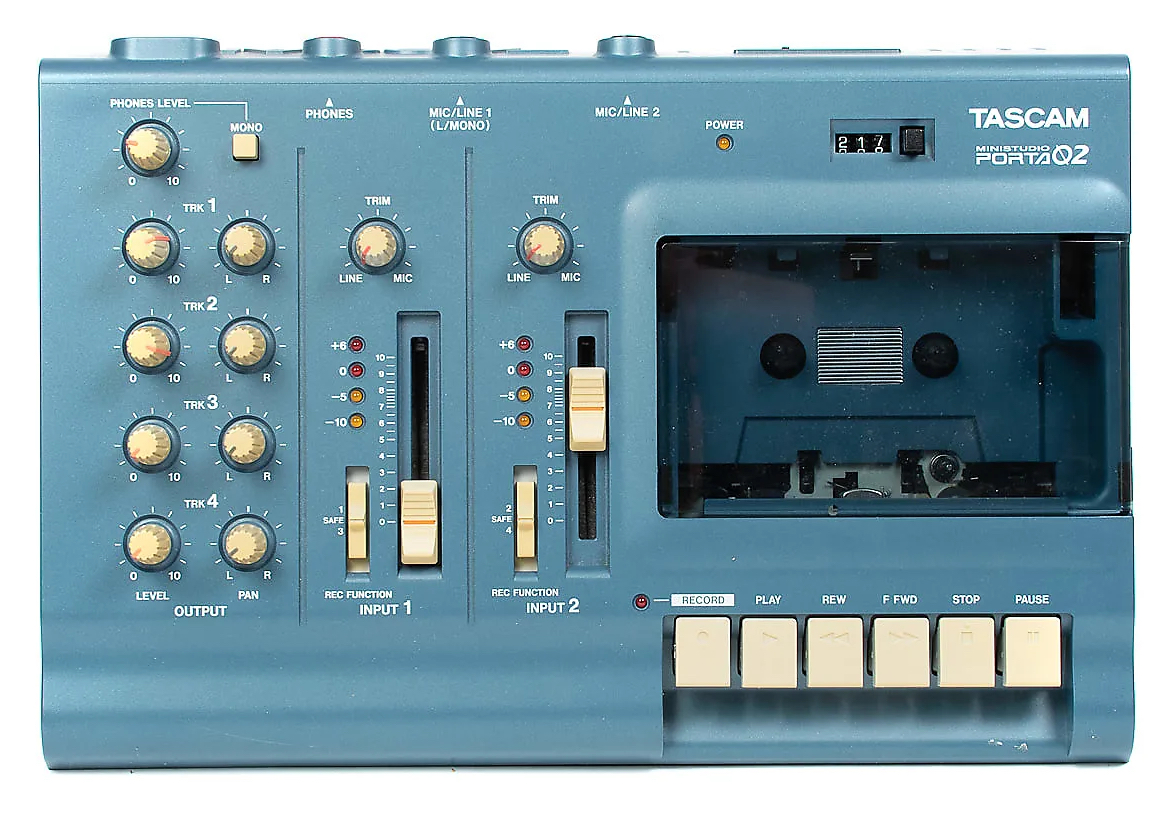
Tape machines have long been a staple of noise music from its brash beginnings. Over the course of our conversation, Johnny namechecked the Library of Congress C1, a variable-speed desktop cassette player that was initially designed for the handicapped, as well as the Morantz PM players that he used in the early Wolf Eyes days for looping. These days, he incorporates a TASCAM Porta 02 four-track onto his table. "I don't like the bigger version with the pitch-shifting," he says, likely referring to the Portastudio 414. "This two-track version sounds better to me for some reason. It has a bit more saturation, and you can push the signals a little more without it being crumbled up."
